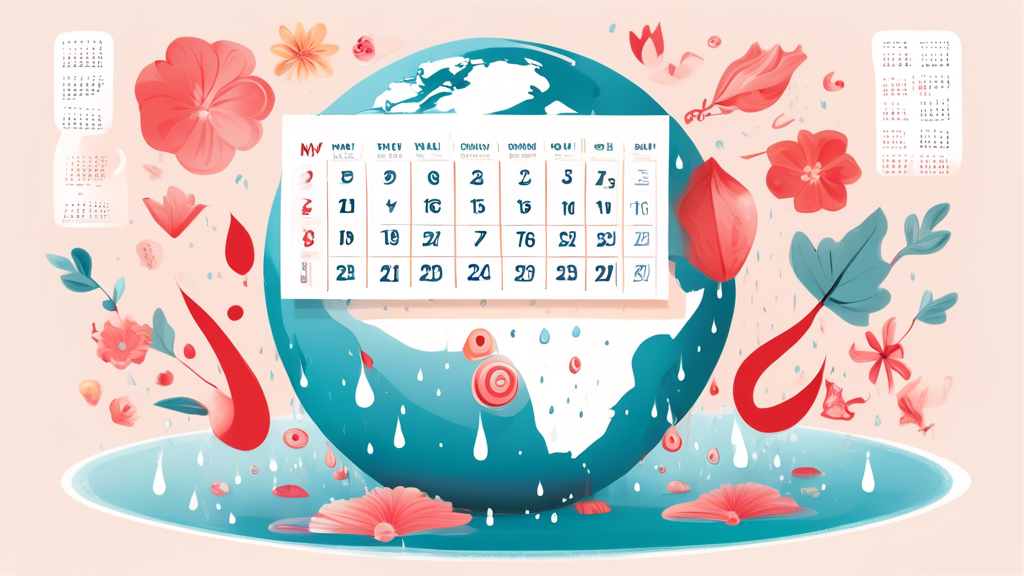10 Facts About Menstrual Hygiene Day (May 28th)
Menstrual Hygiene Day is a global platform that brings together non-profits, government agencies, individuals, the private sector, and the media to promote menstrual hygiene management (MHM). Below are 10 enlightening facts about this significant day:
1. Origin and Significance
Menstrual Hygiene Day was initiated by the German-based NGO WASH United in 2014. The date May 28 was chosen to acknowledge the average length of the menstrual cycle, which is 28 days, and the menstruation period which can last up to 5 days, representing the fifth month of May.
2. Global Awareness
Its main objective is to raise awareness and combat the taboos associated with menstrual hygiene through education on the importance of proper menstrual management worldwide. It unites different sectors to break the silence around menstrual hygiene management issues.
3. Menstrual Hygiene Day’s Vision
The vision of Menstrual Hygiene Day is to create a world where no one is held back because they menstruate by 2030. A world where every woman and girl can manage her menstruation in a hygienic way, in privacy, safety, and with dignity.
4. Inclusive Participation
The day is not only focused on women and girls but encourages participation from men and boys to foster a supportive environment. It aims to break the stigma surrounding menstruation that affects everyone, regardless of gender.
5. Educational Impact
Through workshops, seminars, and campaigns, Menstrual Hygiene Day promotes educational initiatives on the importance of MHM. These activities inform people about menstrual health, available products, and proper practices to manage menstruation hygienically and with confidence.
6. Theme-Based Celebrations
Each year, Menstrual Hygiene Day is celebrated with a specific theme to focus its efforts. Past themes have included Education About Menstruation Changes Everything, No More Limits, and Periods in Pandemics, highlighting the ongoing and diverse challenges faced in menstrual hygiene management.
7. Global Participation
Over 700 partners globally, including NGOs, government agencies, private sector companies, and the media, come together to support Menstrual Hygiene Day, reflecting its wide-reaching impact and the collective effort to improve menstrual health and hygiene.
8. Focus on Sustainable Menstrual Products
A significant area of focus is promoting the accessibility and use of sustainable menstrual products. Eco-friendly and reusable options like menstrual cups and cloth pads are advocated to reduce the environmental impact of traditional disposable menstrual products.
9. Addressing Period Poverty
Menstrual Hygiene Day also highlights the critical issue of period poverty, where individuals are unable to afford menstrual products. The movement supports efforts to provide accessible, affordable menstrual products to those in need.
10. Hashtags for Social Media Mobilization
The use of hashtags such as #MenstruationMatters, #PeriodsInPandemics, and #NoMoreLimits on social media platforms helps in spreading the word and mobilizing support for menstrual hygiene day, demonstrating the power of digital advocacy in achieving social change.
In conclusion, Menstrual Hygiene Day plays a pivotal role in breaking the silence around menstruation, challenging stigmas, and pushing for comprehensive education on menstrual hygiene management, ensuring that menstruation is not a barrier to achieving one’s potential. By engaging in open and inclusive discussions, we move closer to a world where menstruation is just a normal fact of life, free of shame and secrecy.




